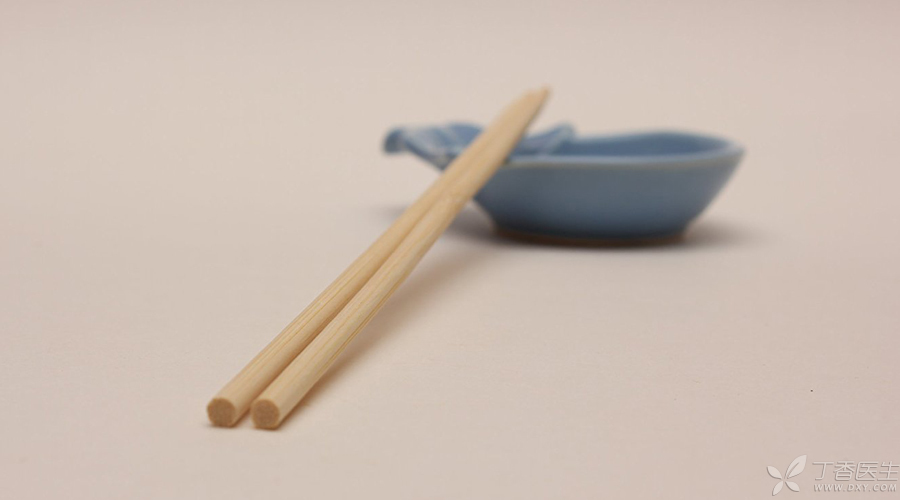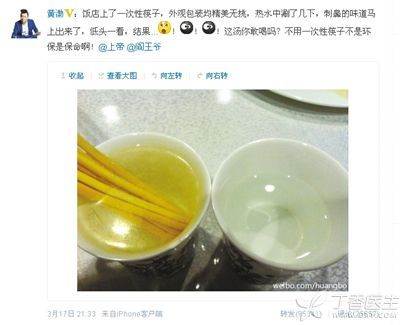
According to statistics, China currently has more than 20 million takeout orders per day. Judging from the population base, it is not too much to say that takeout is the [ninth largest cuisine] other than the eight major cuisines.
When ordering takeout, do you care about taste? Care about nutrition and health? Perhaps many people are concerned about the disposable lunch boxes and chopsticks that appear together with takeout.
Is disposable chopsticks safe?
Objectively speaking, disposable chopsticks are a mature product and need to be exported to Japan, South Korea and other countries in large quantities. The potential safety hazard will not be too serious.
However, this premise is that the products are produced by regular manufacturers and the storage and circulation environment is in compliance. Relevant testing standards are not difficult to realize…
The raw materials are qualified and free from corrosion and insect pests, so as to ensure that the bleaching agent sulfur dioxide is not excessive and the flora microorganisms (mainly Escherichia coli and mold) do not exceed the standard. That’s all.
But! The important thing is always but.
The price of disposable chopsticks is really too cheap. There is no benchmark brand in the whole industry. Catering bosses are not stupid and will buy the cheapest products as much as possible. After all, pricing like [tableware cost one yuan] not only has the suspicion of violating the Consumer Protection Law >, but also may cause customer loss.
This will inevitably lead to informal chopsticks. If you often use disposable chopsticks, you may have had this experience more or less:
- The chopsticks were just broken, Biaji, and one of them was folded. As soon as the chopsticks were started, they were short of oil and were pricked by barbs. The chopsticks were just handed to the mouth, Emma, with an unspeakable pungent smell. Chopsticks are rinsed in hot water. Oh, my God, the water has turned yellow…
It is really difficult to completely say that the difference is the what issue, but at least it shows one thing: they do not meet the standards.
Chopsticks rinse hot water to turn yellow, quality problems?
This is what Huang Bo, an actor surnamed Huang who did not want to be named, complained on the Internet a few years ago, which has attracted a lot of heated discussions.

This is actually sulfur in chopsticks, a bleaching agent, dissolved in water.
The national standard for chopsticks does have certain requirements on [chromaticity], requiring that first-class products are not allowed to change color, second-class and third-class products are not allowed to change color within a certain range, and the end surfaces are not allowed to turn black.
If raw materials such as birch or bamboo are used, the raw materials themselves are quite white, and the bleaching strength during processing does not need to be too high, so there will be no [yellow water].
What if the raw materials are not up to standard? … …
Basically, manufacturers will have two methods: either they don’t see it. As a result, a bag of chopsticks is taken out, with dark and light colors, and some chopsticks even have one head black and one head yellow.
Either use more bleaching agents and increase the use of fumigated sulfur.
The result is that sulfur dioxide exceeds the standard, chopsticks will be packed into packaging bags together with sulfur, and the pungent smell that can be smelled occasionally is sulfur.
Therefore, if there is a [yellow water] phenomenon, it can be shown that this disposable chopsticks do have potential safety hazards. Sometimes, even toothpicks have the same problem.
However, even if chopsticks do not turn yellow when rinsing hot water, it does not mean that they are qualified.
Referring to national standards, even if there are burrs, they should not appear in qualified products.
The biggest harm of unqualified chopsticks is…
If we often use unqualified disposable chopsticks, although the toxicity is not fatal, the carcinogenicity of sulfur dioxide after oral absorption is not much.
But there may be a bigger risk, that is…
Maybe diarrhea.
Disposable chopsticks have relatively strict requirements on moisture content and microorganisms.
If hygiene is not properly controlled, a large number of Escherichia coli can be obtained everywhere from unqualified disposable chopsticks, and this bacterium, which gets along well with human beings at the end of digestive tract, is often the culprit causing diarrhea.
In addition, disposable chopsticks also pay special attention to storage to avoid mold. In particular, the structure of bamboo fiber is different from that of wood fiber, which makes it easier to mold.
Fortunately, takeaway merchants have also begun to pay attention to safety issues, and many disposable chopsticks are no longer [three noes].
Generally speaking, the use of disposable chopsticks is more dangerous than repeatedly disinfected chopsticks, and many restaurants are more inclined to provide disinfected tableware to customers.
Of course, you can also choose to carry tableware with you.
Wooden chopsticks?
The safety and practicability are the highest.
Plastic chopsticks?
There is not much problem with the safety of raw materials, but if chopsticks are often exposed to hot oil, it may cause damage to plastic materials and lead to the dissolution of some chemical additives.
Stainless steel chopsticks?
It is too heavy and smooth, so it is not convenient to pick up vegetables, but it is quite slimming to think about it.
What? You said you would use ivory chopsticks with your rhinoceros horn cup? [Hello, demon spirit…]
